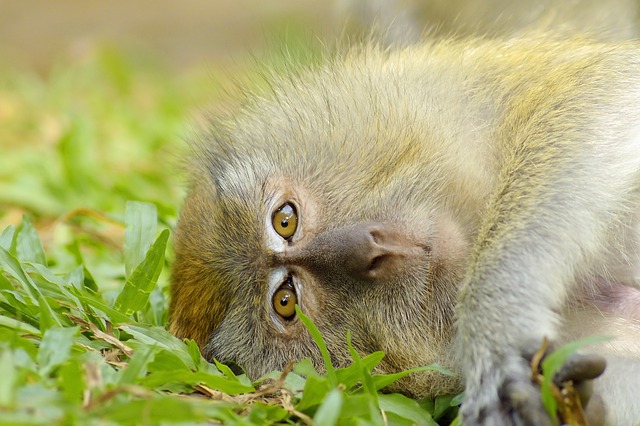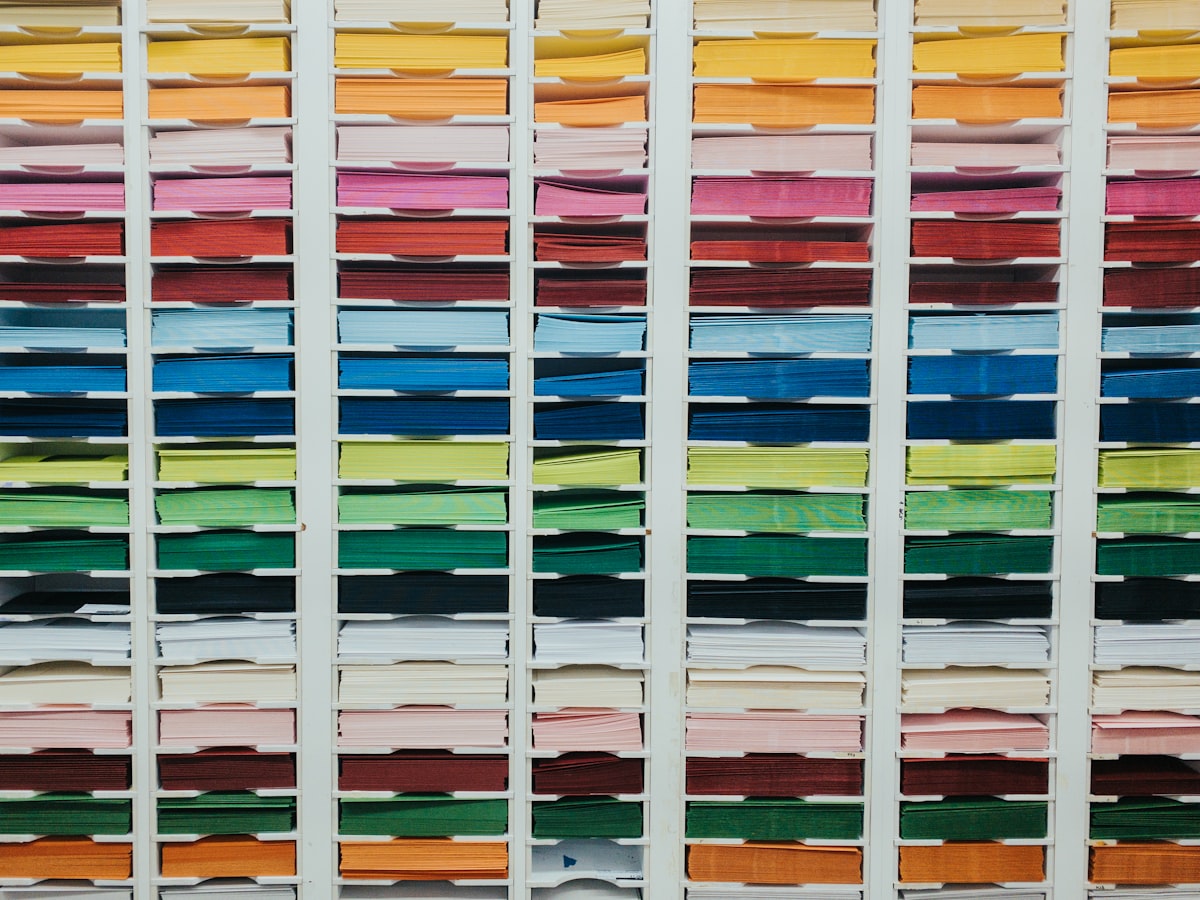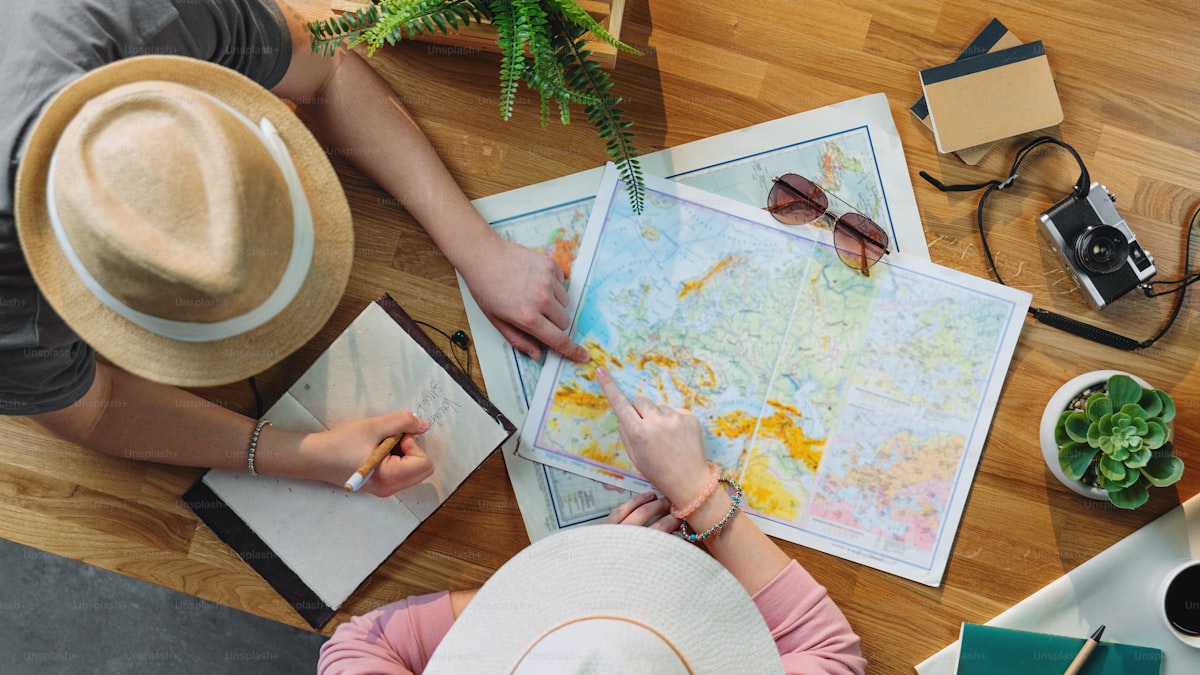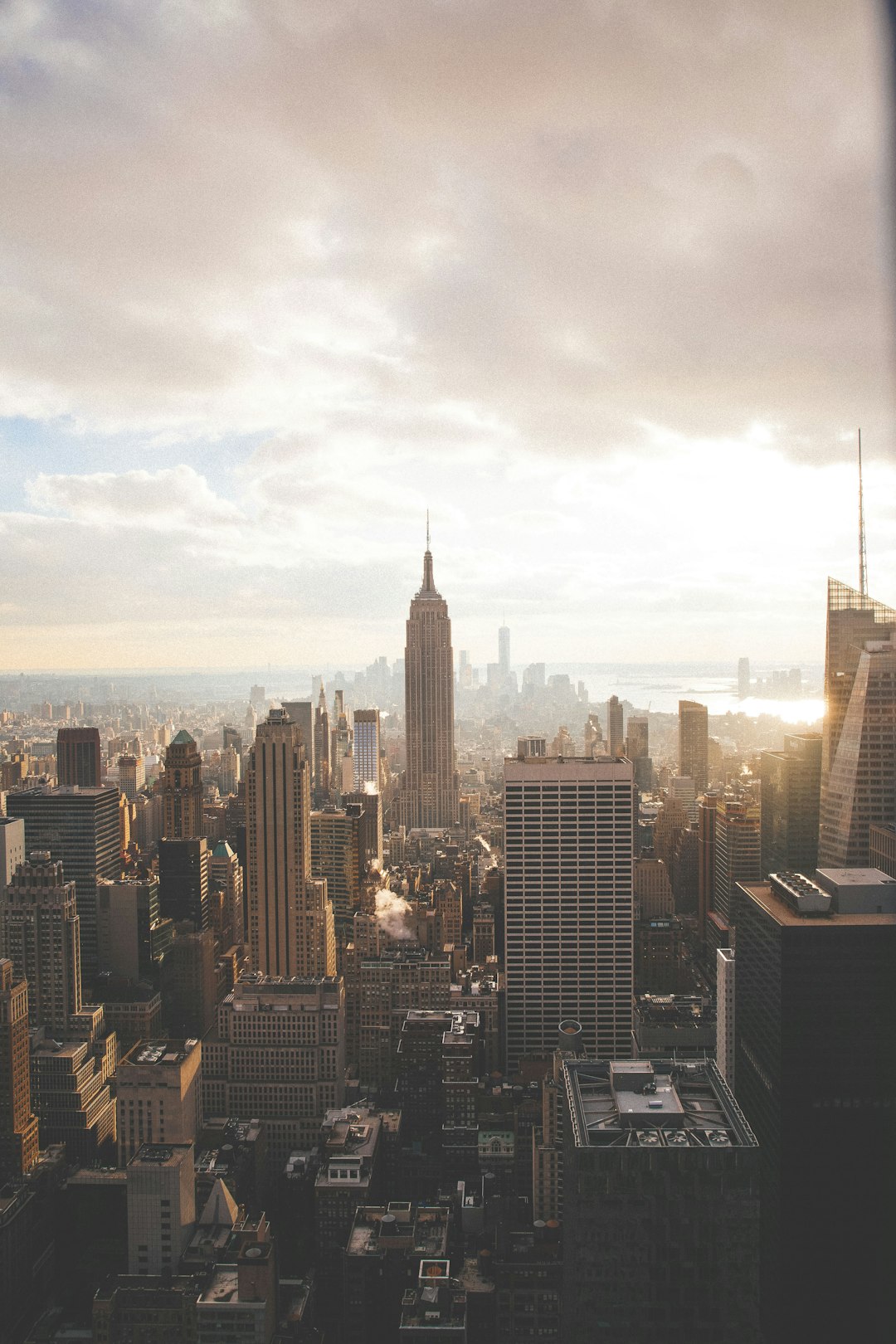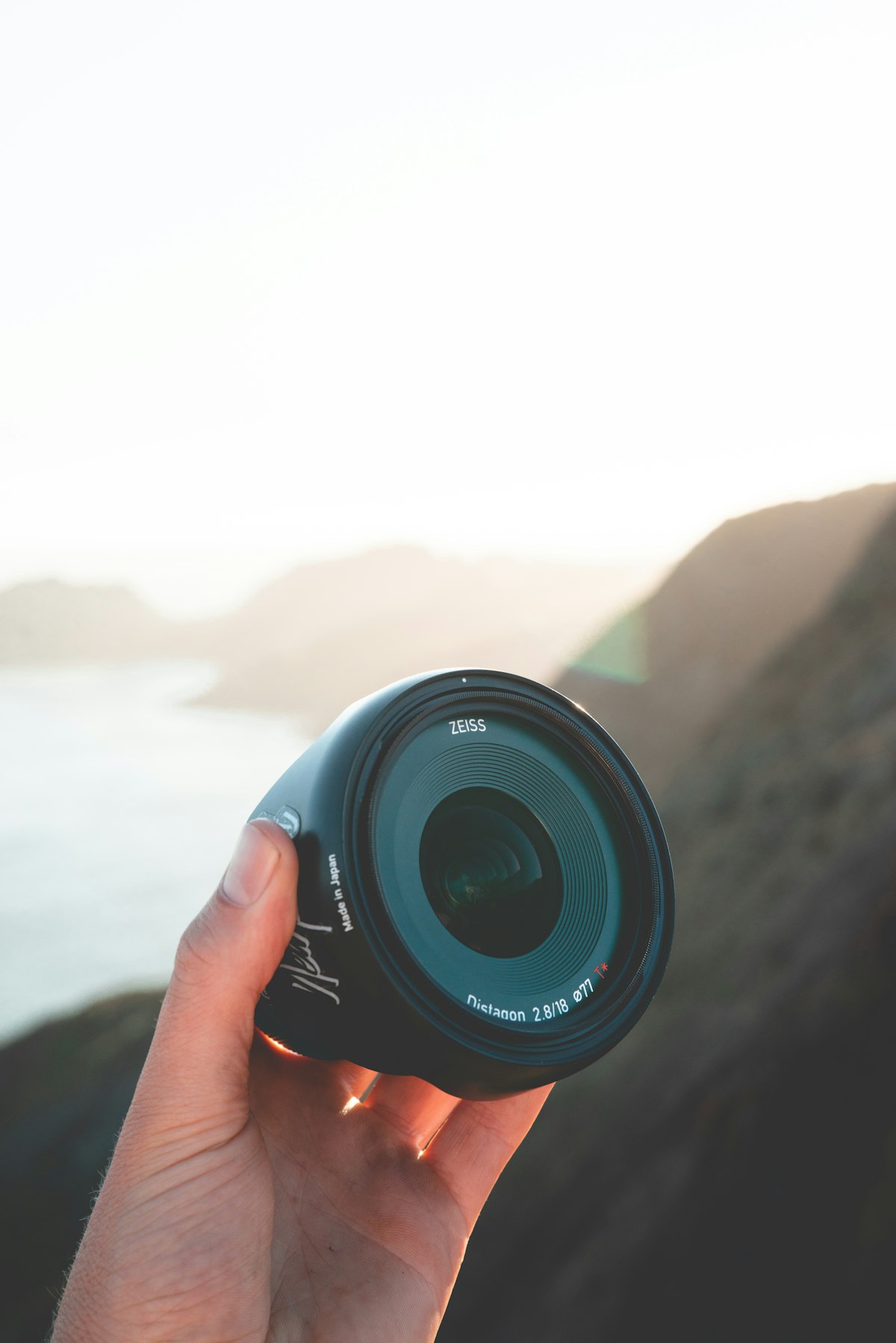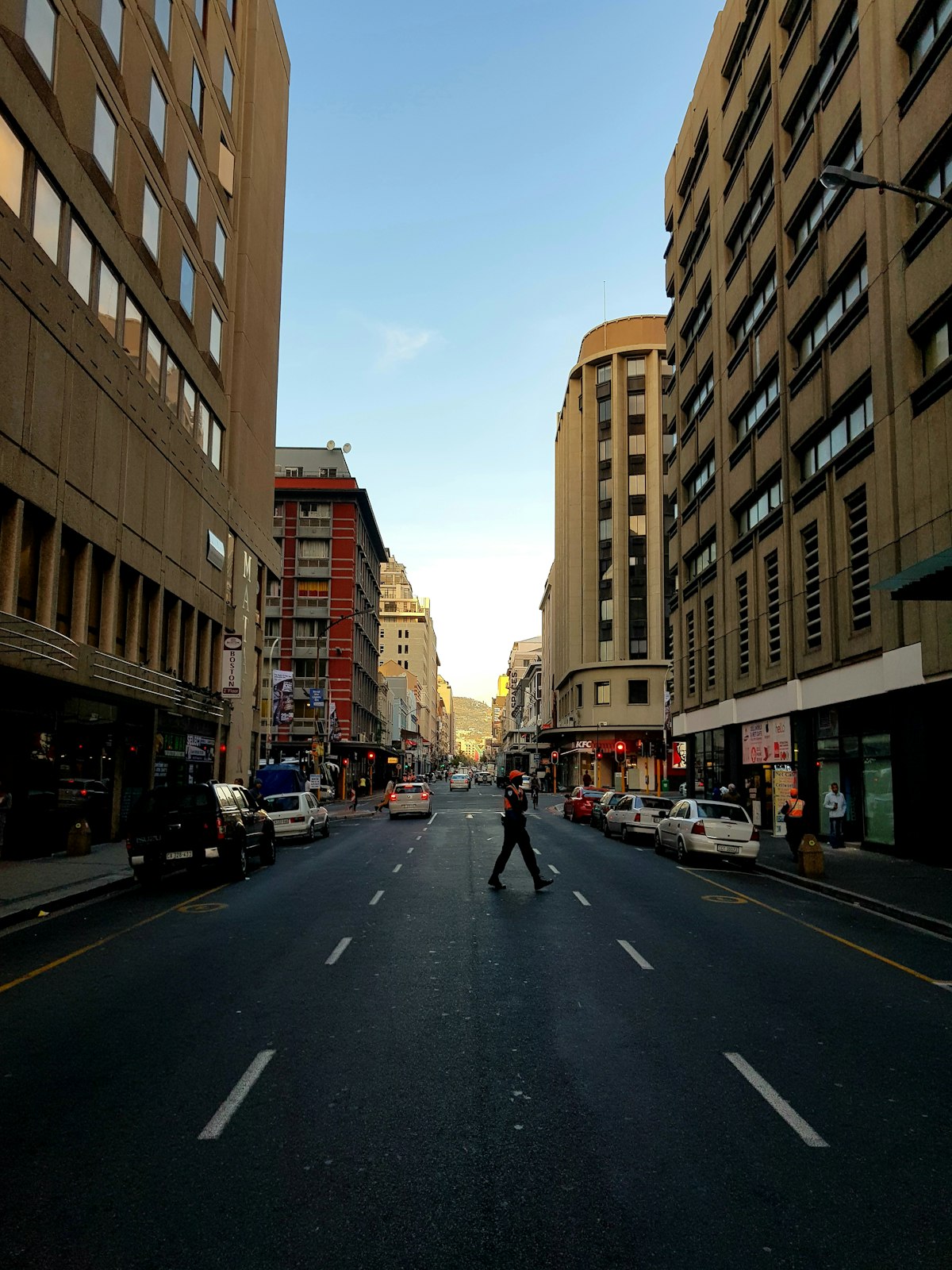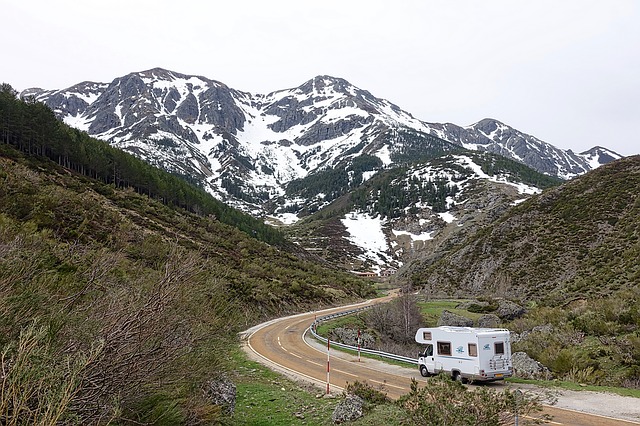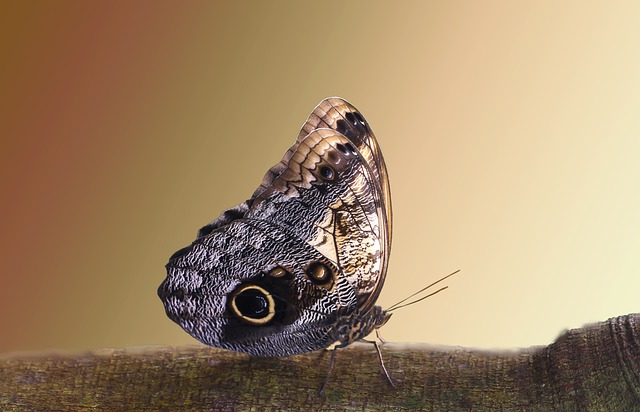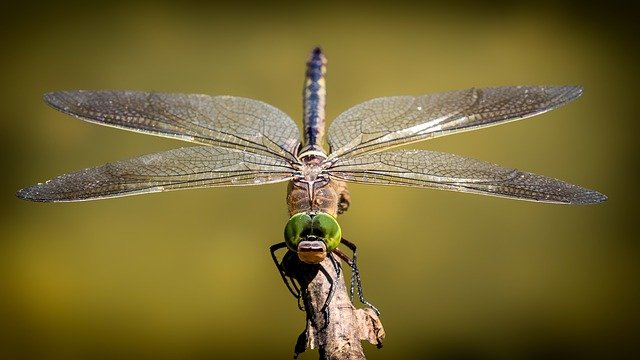
If you’ve tried to research photographic techniques on your own, you might have found conflicting advice about how to take high quality pictures. Follow these tips to put better pictures together and develop your artistic skills.
Take photographs quickly! If you take too long, your subject could move, run away or something could change that could ruin your photo. The more rapidly you can photograph your subject, the more likely you are to get your desired shot.
Implement digital techniques to give your pictures great effects. There are several options when it comes to photo software editing, however, Adobe Photoshop is usually considered the best. Taking your photos and making them a piece of art, is as easy as clicking a button or two in these programs.
Try out new things; experiment, and don’t be afraid in taking new and original pictures. That’s the best way to develop your own style and allow others to see the world from your perspective. Create unique photos that people have not seen many times before. Using your creative skills, try using some fresh angles.
When you are photographing nature, steer clear of taking photos that include a sky that is overcast. Including too much of a gray sky will make your pictures appear muted and washed-out. If you cannot avoid capturing an overcast sky in your shot, opt for black and white rather than color photos. On a beautiful day, you can include as much blue sky as you desire.
Try experimenting with different colors and angles, and all the different features located on your camera. You don’t need spectacular subjects to get spectacular pictures. Talented photographers can use their skills to bring out something interesting in even the most mundane of subjects. Experiment to find your style.
Stay simple with the settings you use for your photographs. Focus on learning to use just one of the camera’s settings, such as shutter speed or aperture, before involving the others. This will let you focus on the picture you are trying to capture, instead of wasting time messing around with your camera while your subjects walk away.
When departing on a trip, start shooting photos the minute you walk out the door. When you reach your location, you are bound to find places to take pictures, though also make sure to pay attention while you are traveling, and you may find some wonderful places to shoot. Document the journey; you may be able to find some interesting things at an airport.
Keep your arms in close to your body while holding your camera, and keep your hands on the bottom and sides of the camera. This keeps the shaking to a minimum and your shots will be more clear. Supporting the camera from underneath, as opposed to holding the top, will also make it much harder for you to drop your camera.
The process of taking excellent pictures is no mystery. The trick is practice, and constantly looking to gain experience and knowledge. With today’s digital format there is no need to keep all of your pictures or get them developed. Your skills will improve over time and you will benefit from scrutinizing your images and what you could have done to improve them.
When shooting people, make sure to emphasize the foreground by blurring the background a little. If the background is too crisp or clear, viewers may get distracted by it or be unsure of which part of your photograph to pay the most attention to. Make sure you place the background further away than normal when you are shooting your subject.
When you are taking photographs, remember that you do not have to overcrowd it. Cluttering your shots with too many elements is unnecessary. There is lots of beauty in the simplest of art forms, so make your shots simple!
External Flash
Challenge your preconceived notions regarding expressions, perspective and even scale. Place ordinary objects in extraordinary settings or ones that draw attention because they are out of context. Experiment with your compositions to bring a unique perspective to an ordinary object.
Most modern digital cameras have a flash that automatically deploys when they detect low-light situations. While this may work for the average photo, you will need an external flash device for more professional photos with more light. To attach an external flash onto your camera, make sure it has a hot shoe on top. Then take it to a camera store, so they can help you pick out a flash that lines up with your camera.
As you prepare to photograph different landscapes, you should remember that your pictures should use three important elements. These three factors are the foreground, the background, and the mid-ground. These are fundamentals of photography as well as many other art forms.
It is important to find the perfect combination between ISO, aperture and shutter speed. These are the elements that determine exposure when you are photographing subjects. Avoid overexposed photos unless you purposely want them that way. Try different things and find out which combination of these three features works best for you.
The lighting will have a huge effect on the outcome of your photos. You will want to pick the best time of the day to take your outdoor photos, evening or morning is the best. If the sun is too high, you will have a hard time getting rid of shadows, and your subject might be bothered by the light. Position your subject to they are hit with the sun on their side to get a wonderful looking effect.
While taking indoor photos under fluorescent lighting, make sure the camera has the appropriate white balance settings. Different lighting needs to compensated for. If your fluorescent lights give off a blue tone, you may need to adjust for that to fix any unintended consequences.
Do you need pictures of subjects that are soaked or misted with rain? Try to create the effect of rain on your own by carrying a rain bottle with you.
Contrary to popular belief, it is not a good idea to wear white for a photo. Many photographers use the auto focus setting on their cameras. This setting doesn’t work as well if the camera can’t pick up different shades in its lens’ range. For example, if a subject wears white and the background is also white, the camera won’t focus properly. White will register as an abundance of available light and cause an overexposed appearance in photos.
Use a white balance which is manual to take your photos. This can dramatically affect your photo’s mood, and control the appearance of your photo. Of course, you may struggle at the beginning, but with time, you will learn how to achieve a manual white balance.
Use a white balance which is manual to take your photos. This has quite an impact on the picture’s mood, and it allows you to control what your picture will look like. You will have to get used to using a manual white balance, but once you do, you will gain more creative control over your photographs.
For more creative photos, experiment with unorthodox angles. Framing a photograph head-on may be simple, but you lose the nuance of the environment around you. Instead, try a shot looking down on the scene or looking up at the subject from ground level. Other interesting alternatives are framing your subject from a diagonal or sideways view.
Experiment with the focus on your camera to create interesting pictures. A lower f-stop means that the main subject will be shaply focused in contrast to a blurry background. This strategy is especially good for portraits where the person is standing near the camera. A bigger f-stop number will give you a greater depth of field, which means that everything in the photo will be in focus. This will work well for photographs of landscapes.
You can adjust the settings on your camera before taking a picture, or try a unique angle. Know how each option will affect your photo, so you can make the right choices at the right time.
For most shots, the most important step in getting a good photo is ensuring the subject is in good focus. In order to ensure that your pictures have the very best composure and are a reflection of your style, it’s vital that you keep that camera in good focus. This is especially true when you first start out, keep the main subject in view and centered. If your subject is properly centered, few people will even notice the background.
Be creative with shutter speeds. Most people use the fastest speed available to gain stills from action shots, but other speeds, like 1/30, can have interesting effects too. Look at the cyclist riding past! The resulting image will portray the cyclist in sharp outline, but the background will appear streaked, as in motion.
You can make just about any subject look interesting just by adjusting the settings of your camera, capturing the shot from a different angle or using different lighting. Practice these techniques before you shoot your photos so you know what results you’ll get from each.
Your camera can serve as a great tool for when you are taking shots. Use a shallower depth of field to blur the background and focus attention on the subject of the photograph.
Red-eye, while seemingly a tiny flaw, can make a photo appear un-frame worthy. Red eye can be avoided by staying away from using the flash, or having your subject look away from the camera if flash is a necessity. There are some cameras that contain a red-eye feature.
There are times when the available light is far from ideal for shooting a great landscape photo. Other times, you may have issues with getting your image to have uniform lighting. What is the remedy to this dilemma? Photoshop and similar photo editing software can help you resolve lighting problems in your photographs. You can use gradient filters and other tools to soften and balance light in the finished photo.
The tips mentioned, have explained key things to consider whenever you are snapping a picture. Know that you have read them, you are now able to apply them to your own life and either begin photography from a sound starting place, or just up your game if you already shoot.
Think about the kind of shot you want to take first. Sit down, and write out a plan. Come up with ideas that can be useful for taking better pictures. Much like painting, photography highlights the artist’s skill and creativity within each shot. This mindset can help to achieve more inspiring results that heighten future photographs.
At first, it is easy to become overwhelmed by all the information out there on Gopro Accessories,DuPont Fiber bed pillow
Hospital mattress protector
encasement mattress protector. There is a huge amount of information available, but it is worthwhile to take time to learn it. If you use the information in this piece, you will have great success.
